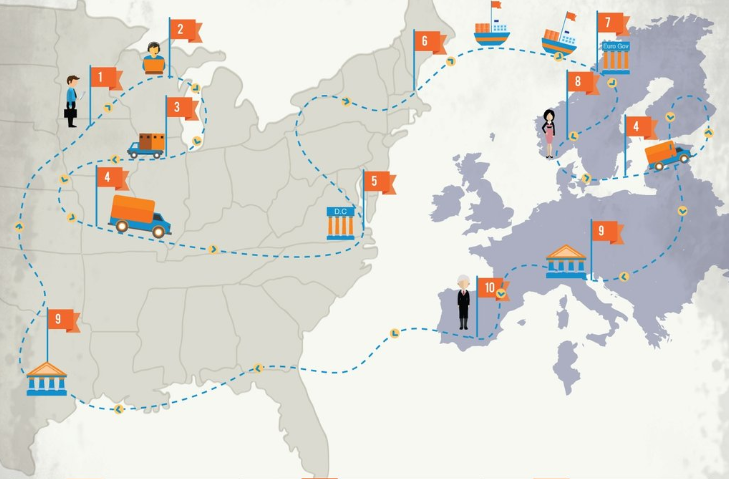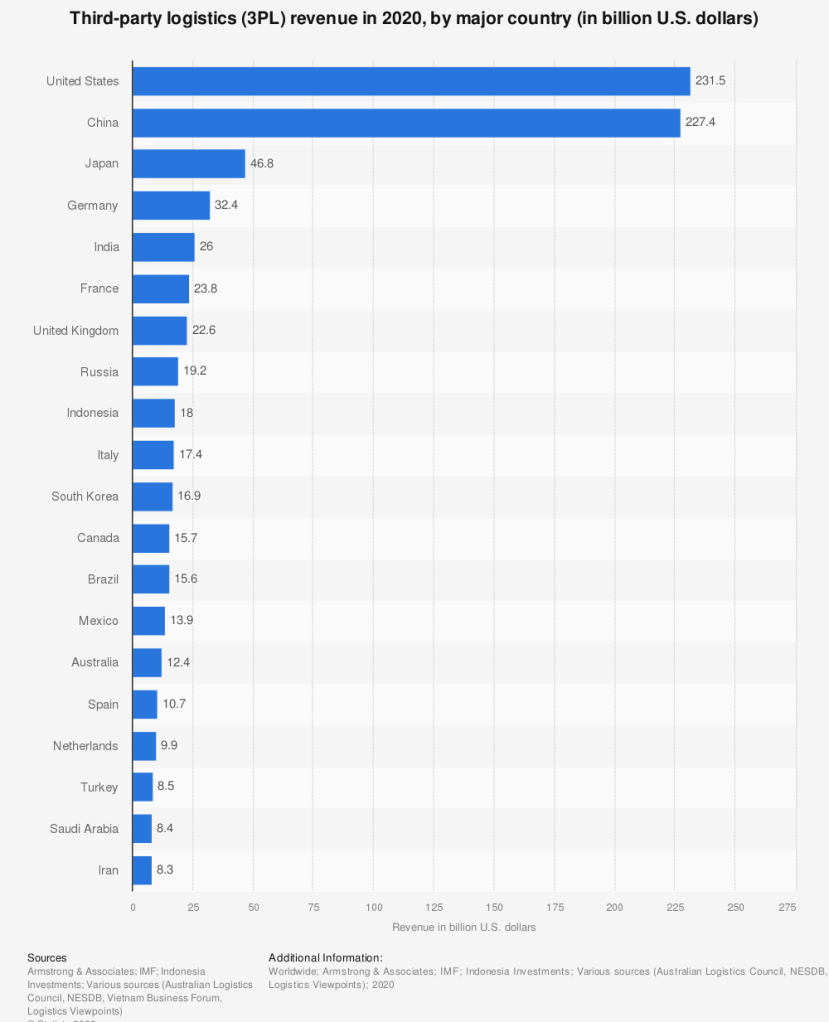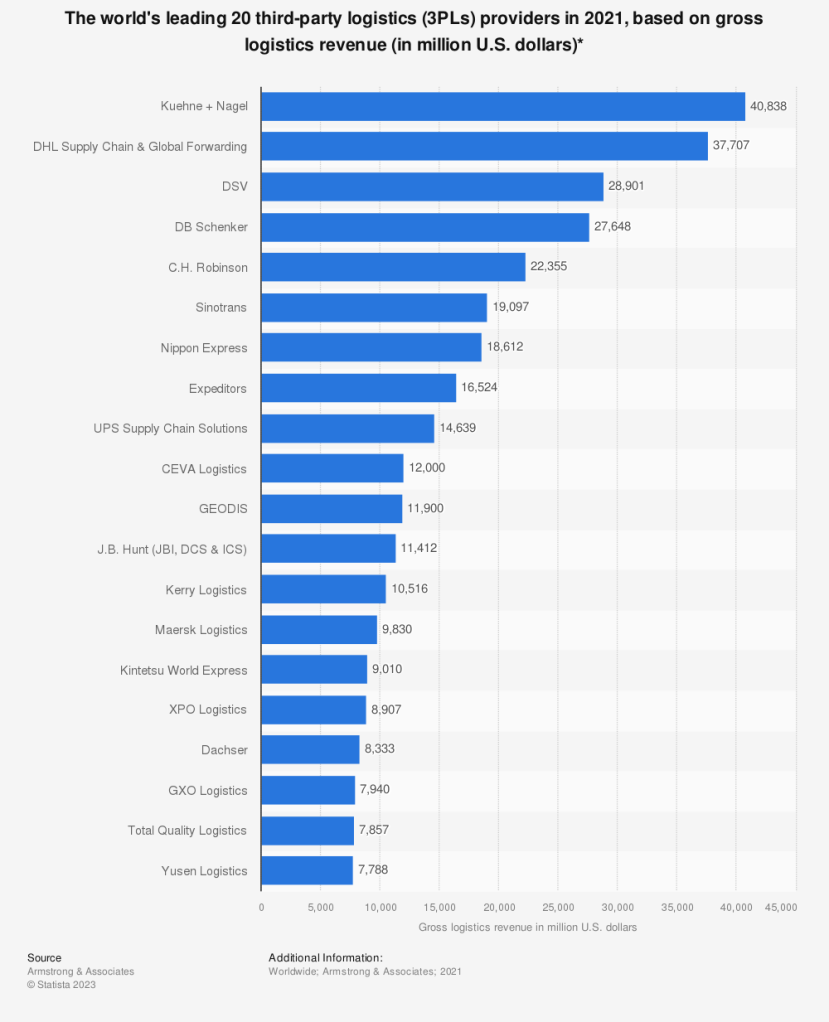Otros minoristas como Walmart y Target también lo están haciendo.
This not only avoids the destruction of thousands of products, but also helps reduce the environmental impact and generates revenue from a situation that was more cost than benefit. The other alternative that large e-commerce platforms are resorting to, surprisingly enough, is for the customer to receive their refund and also keep the item.
Amazon has been using this policy for many years and with considerable success. There are two reasons for this, the first being that customer-friendly policies such as this attract more potential buyers to the platform, which in turn benefits sellers. Secondly, it also provides sellers with an option to circumvent expensive returns for shipping and restoring complex and expensive items.
As you can imagine, many sellers are opposed to the idea of not returning items for a refund because of these desadvantajes.
①Scammers
In a dynamic and multifaceted environment like e-commerce – especially on a popular platform like Amazon – you will always have to deal with malicious actors on both sides. Whether it’s a seller leaving you a scathing review because they want to hijack your customers, or a buyer looking to take advantage of your business model. The fact that Amazon refunds without the buyer returning the item certainly attracts many scammers hoping to get free items. It’s easy to claim that the item didn’t reach its destination (even if it did) or that the item arrived badly damaged (even if it was in good working order) and pocket the refund.
However, Amazon keeps a close eye on buyers who do this regularly and blacklists these customers once they reach a certain limit. As a seller, you can also support Amazon by reporting cases of suspicious buyers whose non-returned refunds become a repeat pattern.
② Loss of profit
While you may be saving money on an expensive returns process, you will lose money at some point if too many customers take advantage of Amazon refunds without a returns policy. The good news is that you can configure the way you handle no-return solutions on Amazon.
Is not returning a product for a refund a good way to attract customers and save on processing costs? Absolutely. Does it open the door to fraud? Yes, a pretty big one. Amazon’s policy of offering refunds without returns is a very sharp double-edged sword that sellers can use to their advantage, but their profits can also plummet if they don’t pay attention and monitor a close process that will help them identify and differentiate between scammers and regular customers.
https://www.larazon.es/economia/20220205/csnabg5y5fdn7ofkl2rs4z6j3i.html



